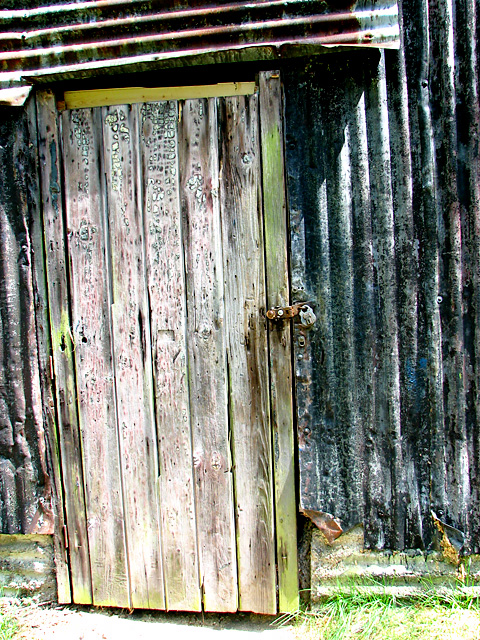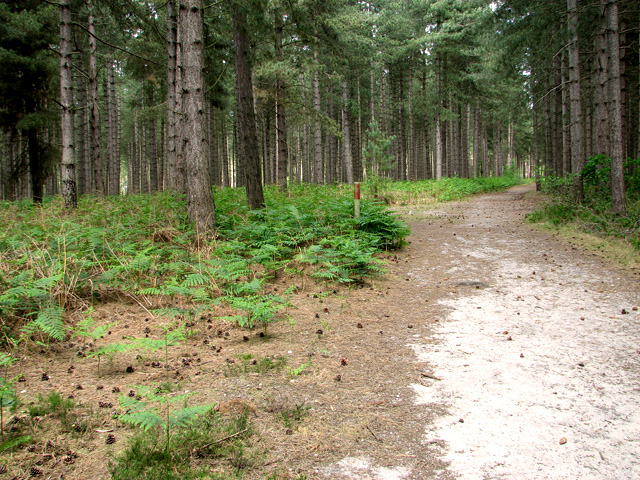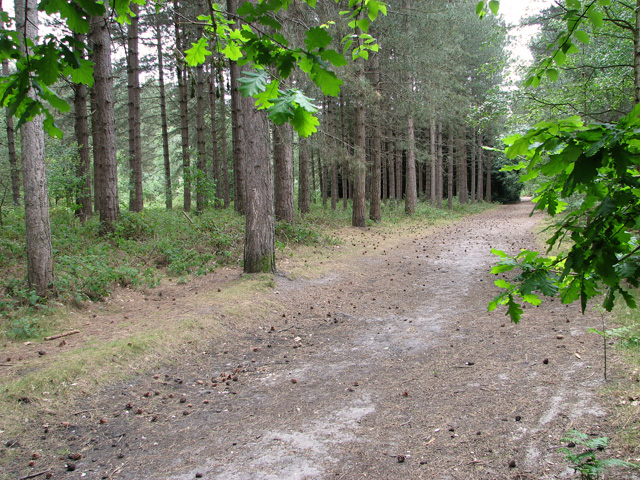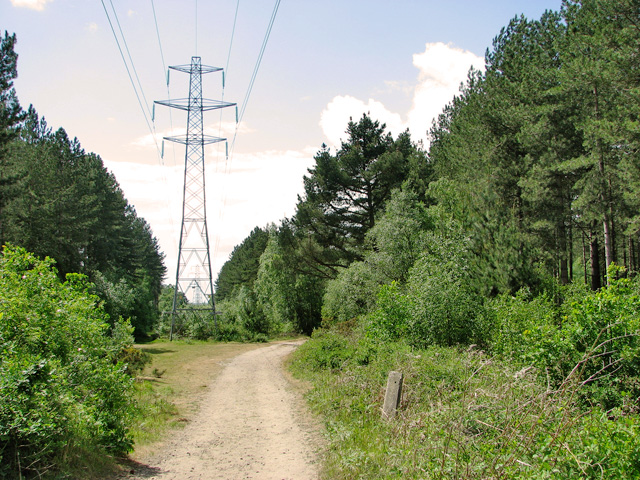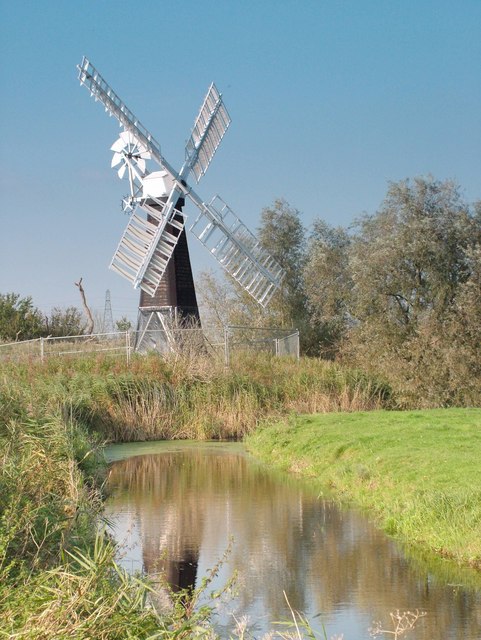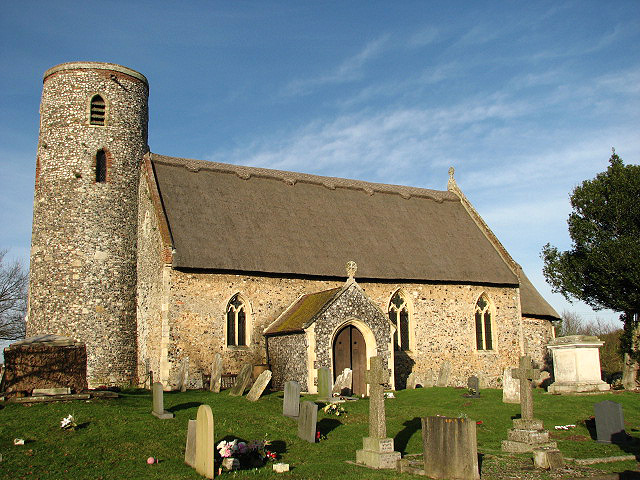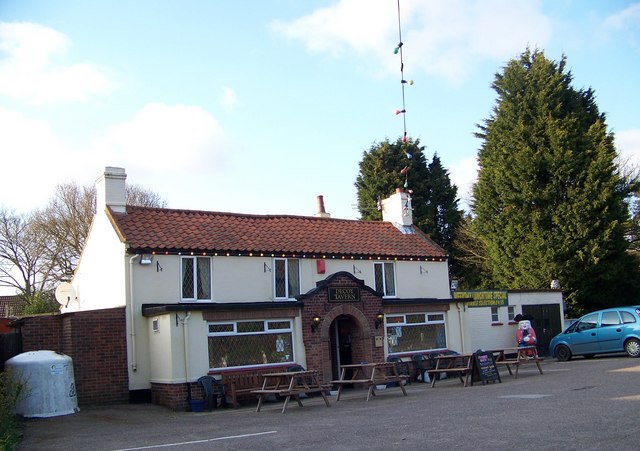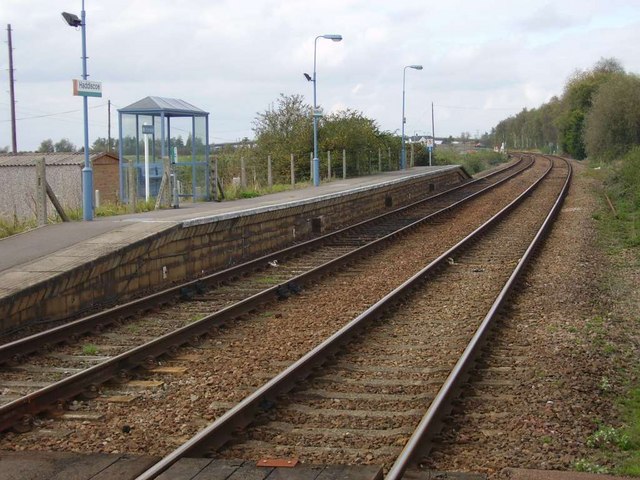Fritton Marshes
Coastal Marsh, Saltings in Suffolk Great Yarmouth
England
Fritton Marshes

Fritton Marshes is a coastal marshland located in Suffolk, England. Situated in the southern part of the county, it is spread across an area of approximately 3.5 square kilometers. The marshes are part of the broader Norfolk and Suffolk Broads, which is a network of navigable lakes and rivers.
Fritton Marshes are characterized by their unique landscape, consisting of a mix of marshland and saltings. Marshland refers to the wet, low-lying areas that are periodically flooded by tidal waters, while saltings are areas of land that are periodically flooded by seawater and consist of salt-tolerant vegetation.
The marshes are of significant ecological importance, providing a habitat for a diverse range of plant and animal species. The area is particularly known for its birdlife, with several species of waders and waterfowl making their home here. Visitors to Fritton Marshes can often spot lapwings, redshanks, and avocets, among other bird species.
The marshes also play a crucial role in flood prevention and water management in the region. The vegetation and terrain of the marshland act as natural buffers, absorbing excess water during periods of heavy rainfall or high tides.
Fritton Marshes offer a tranquil escape for nature enthusiasts and outdoor lovers. The area is popular for walking, birdwatching, and photography. Visitors can explore the various footpaths and trails that crisscross the marshes, allowing them to experience the unique beauty and biodiversity of this coastal landscape.
If you have any feedback on the listing, please let us know in the comments section below.
Fritton Marshes Images
Images are sourced within 2km of 52.545861/1.6161231 or Grid Reference TG4500. Thanks to Geograph Open Source API. All images are credited.



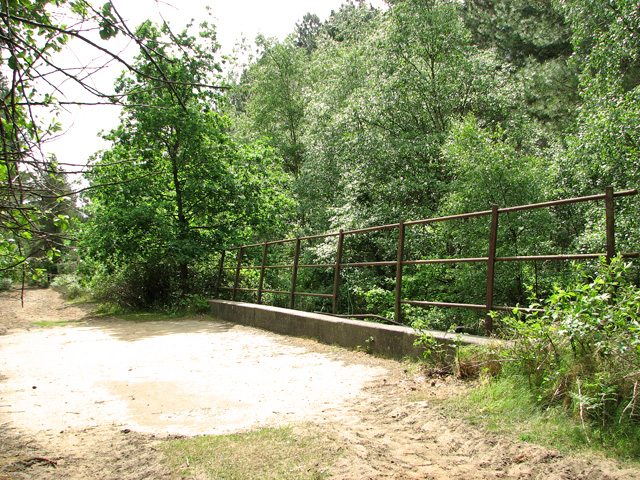
Fritton Marshes is located at Grid Ref: TG4500 (Lat: 52.545861, Lng: 1.6161231)
Administrative County: Norfolk
District: Great Yarmouth
Police Authority: Norfolk
What 3 Words
///walls.amplified.mammoths. Near Reedham, Norfolk
Nearby Locations
Related Wikis
St Olaves Priory, Herringfleet
Herringfleet Priory (also St Olave's Priory) was an Augustinian priory of Black Canons located in St Olaves, 6 miles (9.7 km) north-west of Lowestoft in...
St Olaves
St Olaves is a village in the English county of Norfolk. The village is situated on the River Waveney, 6 miles (10 km) south-west of the town of Great...
St Olaves railway station
St Olaves was a station in St. Olaves. It was on the Great Eastern Railway between Great Yarmouth and London. It was first opened in June 1859. After just...
Fritton and St Olaves
Fritton and St Olaves is a civil parish in the English county of Norfolk. The parish comprises the villages of Fritton and St. Olaves, together with the...
Haddiscoe railway station (Norfolk Railway)
This was the original Haddiscoe railway station serving Haddiscoe, Norfolk. It was opened in 1847 by the Norfolk Railway and closed in 1904. Upon closure...
Fritton, Great Yarmouth
Fritton is a village and former civil parish in county of Norfolk, England. The village is located 6 miles (9.7 km) south-west of Great Yarmouth and 16...
Yarmouth–Beccles line
The Yarmouth–Beccles line was a railway line which linked the Suffolk market town of Beccles with the Norfolk coastal resort of Yarmouth. Forming part...
Haddiscoe railway station
Haddiscoe railway station (formerly Haddiscoe Low Level) is on the Wherry Lines in Norfolk, England, named after the village of Haddiscoe, some 2 miles...
Nearby Amenities
Located within 500m of 52.545861,1.6161231Have you been to Fritton Marshes?
Leave your review of Fritton Marshes below (or comments, questions and feedback).







